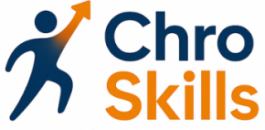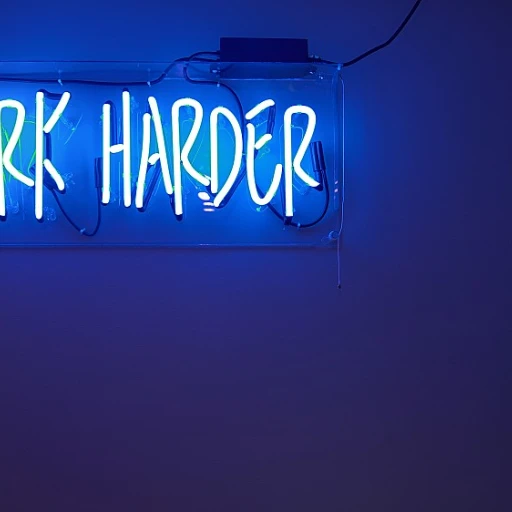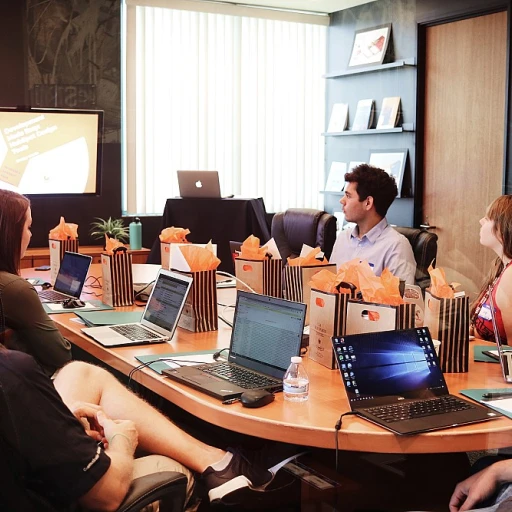
Understanding the Core Skills of a CHRO
Core Competencies for a Successful Chief Human Resources Officer
To sustain job motivation and flourish as a Chief Human Resources Officer, it’s crucial to have a comprehensive understanding of the core skills necessary for this position. These competencies are the backbone of engaging employees and fostering a positive work environment within your organization. Let’s delve into some of these fundamental skills that every CHRO needs to master.
Leadership and Communication: An effective CHRO is a natural leader who inspires and empowers their team. Clear communication is key in ensuring objectives are understood, making your employees feel valued and motivated. Engaged employees stem from leaders who listen and provide constructive employee feedback.
Adaptability and Problem Solving: In today’s ever-changing business landscape, a CHRO must be adaptable. Navigating through unpredictability and offering viable solutions to emerging challenges are essential skills to keep your company resilient.
Data-Driven Decision Making: Incorporating data analytics into HR processes helps in making informed decisions that benefit both individual employees and the organization as a whole. Utilizing HR metrics effectively can aid in tracking employee engagement and ensuring alignment with business goals.
In addition, fostering these skills contributes significantly to building a resilient HR team. It helps in aligning both personal and business goals, ensuring that every day you make meaningful contributions to your company. Enhancing these competencies also supports you in balancing work life integration, ultimately leading to a more engaged and motivated work environment for everyone involved.
For more engagement strategies and ideas to elevate employee motivation, why not explore some engaging activities suitable for various team dynamics?
The Importance of Emotional Intelligence
Harnessing Emotional Intelligence for HR Leadership
In the realm of human resources leadership, emotional intelligence plays a pivotal role in ensuring employees feel valued and motivated. Understanding and managing one’s own emotions, as well as the emotions of others, can significantly impact employee engagement and overall job motivation. This requires a finely-tuned sense of empathy and the ability to navigate complex emotional landscapes within a company.
For a Chief Human Resources Officer, the ability to perceive and respond appropriately to subtle cues within employee feedback allows for the development of clear engagement strategies. These strategies help engage and motivate the team, promoting a positive work environment where employees feel empowered and respected.
Emotional intelligence also aids in building a culture of openness and trust. By fostering an atmosphere where team members can freely express their ideas, concerns, and aspirations, you can create a resilient organization ready to face any business challenges. Engaging in activities that enhance team dynamics through peer learning facilitation can further strengthen this culture, establishing connections between employees and their work.
Overall, implementing emotional intelligence in your work as a CHRO is vital to achieving your company’s business goals. It will not only keep you engaged and motivated in your job but also ensure that your employees remain motivated in their own roles. This symbiosis between leadership and team members is essential in maintaining a balanced work life within your organization.
Strategic Vision and Planning
Crafting a Strategic Vision for Success
As a Chief Human Resources Officer, having a strategic vision is crucial to align your HR initiatives with the broader goals of the company. This involves understanding the business landscape and anticipating future trends that could impact your organization. A clear strategic vision helps in setting priorities and ensuring that your team is working towards the same objectives, which is essential for maintaining employee engagement and motivation.
To develop a strategic vision, start by analyzing the current state of your company and identifying areas where HR can make a significant impact. Consider how your HR strategies can support the company's long-term goals and create a roadmap that outlines the steps needed to achieve these objectives. This roadmap should be flexible enough to adapt to changes in the business environment, yet robust enough to provide a clear direction for your team.
Engaging your team members in the strategic planning process can also enhance their motivation and commitment. When employees feel that their input is valued and that they are contributing to the company's success, they are more likely to stay motivated and engaged in their work. Encourage open communication and regularly seek employee feedback to ensure that your strategic vision remains relevant and effective.
Additionally, implementing programs that support continuous learning and development can help your employees feel valued and motivated. These programs not only enhance their skills but also prepare them for future challenges, ensuring that your organization remains competitive in the ever-evolving business landscape.
In summary, a well-crafted strategic vision is essential for aligning HR initiatives with the company's goals, keeping your team motivated, and ensuring that your organization is prepared for future challenges. By involving your employees in the planning process and supporting their development, you can create a work environment where everyone feels engaged and motivated to contribute to the company's success.
Building a Resilient HR Team
Fostering a Strong and Resilient HR Team
In your role as a Chief Human Resources Officer, one of the most impactful ways to maintain employee engagement is by building a resilient HR team that can weather challenges and adapt to change. When your team is strong and resilient, it sets a positive precedent for the entire organization, boosting motivation across all levels. Here's how you can cultivate such a team:- Clear Communication: Ensure your team members have a clear understanding of their roles and how they contribute to the broader goals of the organization. Regularly communicate updates and provide a transparent view of company priorities to help them feel valued and informed.
- Foster Collaboration: Encourage collaboration among your employees by creating opportunities for team members to work together on projects. This can enhance motivation and employee engagement by making day-to-day tasks more engaging and dynamic.
- Encourage Employee Feedback: Make it a priority to gather and act on employee feedback. Your team should feel that their insights matter and can lead to meaningful changes within the work environment, boosting their motivation to contribute positively.
- Wellness Programs: Implement wellness programs that promote work-life integration. This can include flexible work arrangements or wellness days, which help keep stress in check and allow employees to stay motivated and balanced.
- Continuous Training: Provide ongoing development opportunities to enhance your team’s skills and knowledge. This fosters a culture of learning and keeps employees motivated as they see clear pathways for professional growth and job motivation.
Continuous Learning and Development
Embracing Lifelong Learning
In the ever-evolving landscape of human resources, it is crucial for a Chief Human Resources Officer (CHRO) to prioritize continuous learning and development. As a leader in this field, staying updated with the latest trends, legal requirements, and best practices is not just beneficial, but necessary to ensure your company remains competitive and your team is well-equipped.
The role of a CHRO is multifaceted, requiring a balance of emotional intelligence, strategic vision, and the ability to foster a resilient HR team. To successfully integrate these abilities, investing time in professional development opportunities is essential. But how does one practically engage in lifelong learning?
- Set Clear Goals: Establish clear learning objectives aligned with your organization’s goals. This approach ensures that the time you dedicate to development is efficient and impactful.
- Engage with Employee Feedback: Regularly gather and analyze feedback from your employees. Understanding their perspectives can illuminate areas where you need to grow, enhancing overall employee engagement.
- Participate in Workshops and Seminars: These events are excellent opportunities to expand your knowledge and meet with fellow HR professionals. They offer insights into new methodologies that can be applied to your work environment.
- Leverage Online Programs: With many online platforms offering courses tailored for HR leaders, you can learn at your own pace, fitting study time into your day without disrupting work-life balance.
- Encourage Team Development: By modeling a commitment to development, you motivate your team members to also seek growth, ensuring that your entire HR department stays motivated and engaged.
Ultimately, the dedication to lifelong learning helps maintain motivation within your role and cultivates a culture where employees feel valued and inspired to contribute their best to the company. Remember, your growth as a CHRO directly influences the business’s success and employees’ job motivation and engagement.
Balancing Work-Life Integration
Integrating Work and Personal Life Harmoniously
In the fast-paced business environment, balancing work and personal life is crucial for sustaining motivation and job satisfaction as a Chief Human Resources Officer. This equilibrium is not only essential for your well-being but also significantly influences employee engagement and team morale. Creating a work environment that acknowledges the importance of personal life helps employees feel valued and supported. Encouraging flexible work hours or remote work options can significantly impact employees' motivation, allowing them to manage personal responsibilities without compromising their professional goals. Understanding your team's unique needs and offering programs that support work-life integration can positively impact your entire organization. Consider:- Implementing clear boundaries between work and personal time to help disengage after work hours.
- Promoting employee feedback sessions to gather insights on how your company can support work-life balance.
- Encouraging regular breaks throughout the day to rejuvenate and keep your team engaged.













